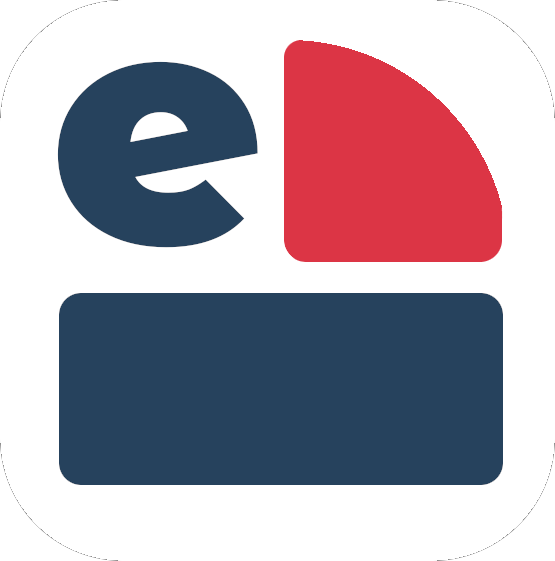Challenges and Opportunities of Digital Education in a Multicultural Society
The landscape of education is evolving dramatically due to technological innovations, with digital education emerging as a pivotal framework for learning. However, the implementation of digital education within a multicultural society exposes a plethora of challenges and opportunities that warrant critical examination. In the United States, where cultural diversity is at the forefront, understanding these complexities is essential to fostering an inclusive educational environment.
The Digital Divide: An Ongoing Challenge
One cannot discuss digital education without addressing the undeniable existence of the digital divide. This term encapsulates the disparity between individuals who have easy access to digital technology and those who do not. According to the Pew Research Center (2021), nearly 30% of lower-income households in the U.S. lack high-speed internet access, which significantly hinders their ability to participate in online educational platforms. This reality raises critical questions about equality in educational opportunities.
Moreover, this divide is exacerbated by factors such as ethnicity, socio-economic status, and geographic location. For instance, minority communities often bear the brunt of insufficient technological resources, leading to an education system that inadvertently marginalizes certain groups. Scholars like Warschauer (2003) argue that technology can be either a tool for empowerment or a mechanism for oppression, depending on how it is integrated into educational contexts. Therefore, one must consider whether digital education can indeed serve as an equalizer in a society plagued by inequality.
Multicultural Perspectives: A Double-Edged Sword
The multicultural fabric of the U.S. presents both opportunities and challenges in the realm of digital education. On one hand, diverse cultural perspectives can enhance online learning experiences by integrating multiple viewpoints and fostering global citizenship. Programs that incorporate multicultural content allow students from various backgrounds to see themselves reflected in their education, which can lead to increased engagement.
However, this multicultural approach also poses challenges. The risk of cultural misrepresentation or oversimplification looms large when creating digital educational materials. Content developed from a singular cultural viewpoint may alienate students from other backgrounds, consequently leading to feelings of disconnection and disengagement. Educators must tread carefully, ensuring inclusivity while avoiding stereotypes or generalizations about specific cultures.
The Role of Educators: Navigating New Terrain
The role of educators in this context cannot be overstated; they are essential navigators through these complex waters. Their ability to adapt teaching strategies to encompass diverse learners is crucial for successful implementation. Furthermore, educators are tasked with addressing the varying levels of tech-savviness among students. Some may thrive in a digital environment while others struggle—one study found that approximately 80% of teachers believe that students require more training in using technology for learning (Gonzalez et al., 2020).
This highlights not only the need for continued professional development for teachers but also the importance of collaboration with tech experts in designing curricula that meet diverse needs. Investing in continuous training programs that focus on both pedagogical skills and cultural competencies could significantly improve student outcomes.
Cultural Competency: A Pillar for Success
To bridge the gaps presented by a multicultural society within digital education, cultivating cultural competency becomes paramount. This involves equipping educators with skills to understand and respect different cultural backgrounds while implementing teaching methodologies that cater to diverse populations.
Research indicates that schools promoting cultural competency experience better student engagement and performance (Ladson-Billings, 1994). By incorporating culturally relevant pedagogy into online classrooms, educators can help students relate their personal experiences to academic content. This practice fosters deeper understanding and encourages collaboration among peers from different backgrounds.
The Bright Side: Leveraging Technology for Inclusion
Despite these challenges, it is essential to recognize the numerous opportunities presented by digital education in enhancing inclusivity within multicultural environments. Innovative technological tools such as online forums, webinars, and interactive platforms facilitate diverse interactions among students worldwide. These tools can provide a space for dialogue and exchange among students from varied backgrounds, effectively breaking down barriers.
Furthermore, personalized learning experiences enabled by technology afford students the flexibility to learn at their own pace while accommodating individual needs—an essential factor when considering multilingual learners or students requiring special assistance.
A Path Forward: Strategies for Improvement
To navigate these complexities successfully requires collaborative effort among educators, policymakers, and community stakeholders alike. Initiatives aimed at improving internet accessibility for marginalized populations should be prioritized alongside professional development focused on integrating culturally responsive teaching techniques.
Additionally, engaging families and communities in conversations around digital education can foster stronger support networks which are vital for student success.
In conclusion, the intersection of digital education and multiculturalism reveals both significant challenges and transformative opportunities for improvement within educational systems across the United States. While disparities persist concerning access and representation within digital spaces, intentional strategies rooted in cultural understanding and community engagement can foster an inclusive environment conducive to learning for all students.
